Part 1: https://www.jmjamison.com/mini-lap-charkha-and-my-inability-to-leave-well-enough-alone/
More additions, grommets and washers.
I think I finally have it adjusted. Spinning comfortably.
Part 1: https://www.jmjamison.com/mini-lap-charkha-and-my-inability-to-leave-well-enough-alone/
More additions, grommets and washers.
I think I finally have it adjusted. Spinning comfortably.
Nearly a year now working “remote” via zoom. The non-work result of this ment I could gin the cotton (https://www.jmjamison.com/ufos-unfinished-projects/) and make punis during meetings.
Finally finished the punis:
I grew up around people who made stuff and sometimes re-made with changes and improvements. As I’ve nattered on about it this year I purchased a mini lap charkha (https://www.facebook.com/minicottonspinner/) and love it. I work cramped and it’s portable. Day job staff meetings via zoom are so improved.
First off I’m a clutz. I’ve never seen a charkha of any make that I couldn’t stab myself on. Do they have to be so sharp? That I don’t know but they all are and I’ve found rubber plugs found at most hardware stores or amazon work great to protect me from myself.
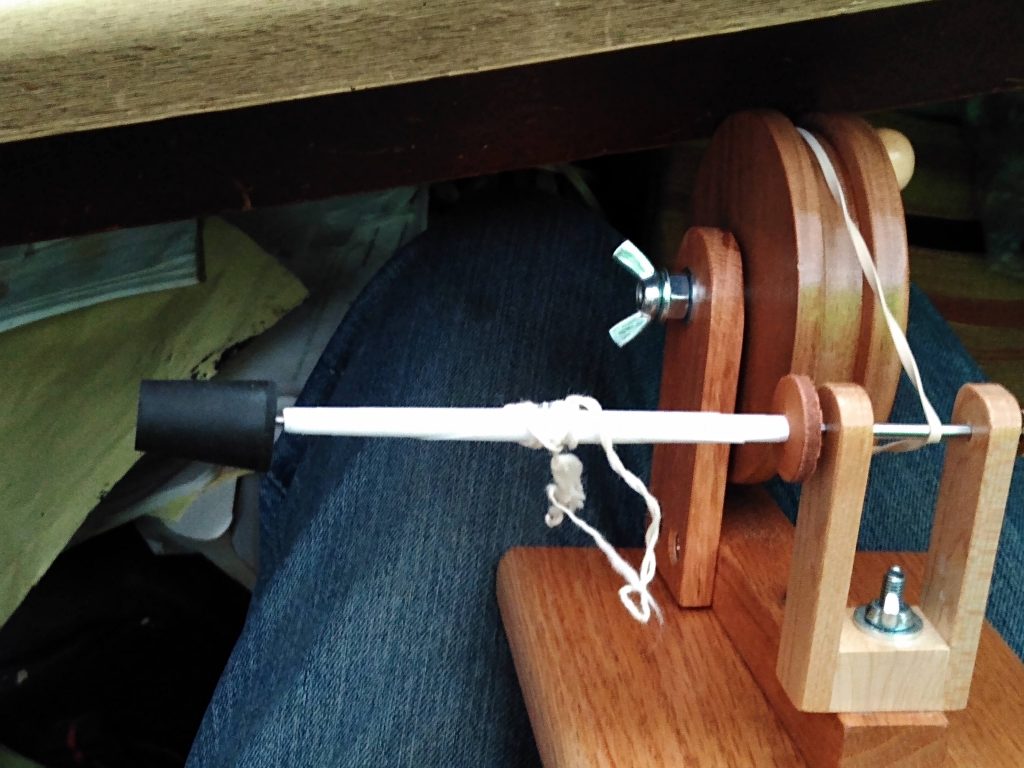
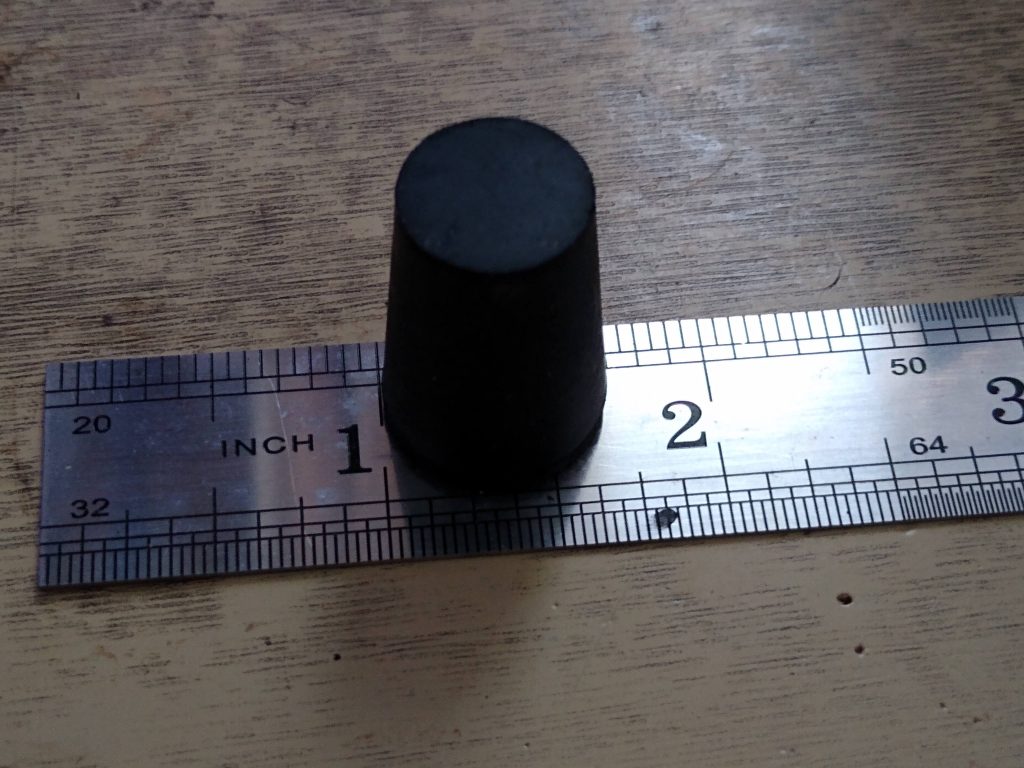
As-is the mini charkha works fine with rubber bands. But I’ve found that hair ties work well also, especially when they are looser from use on hair.
I love poking around hardware stores and found rubber grommets that have a “track” in the middle which is great for keeping the drive band steady. I ended up putting all four of the grommets so the band is really steady. (Sorry for the blurry photo.)
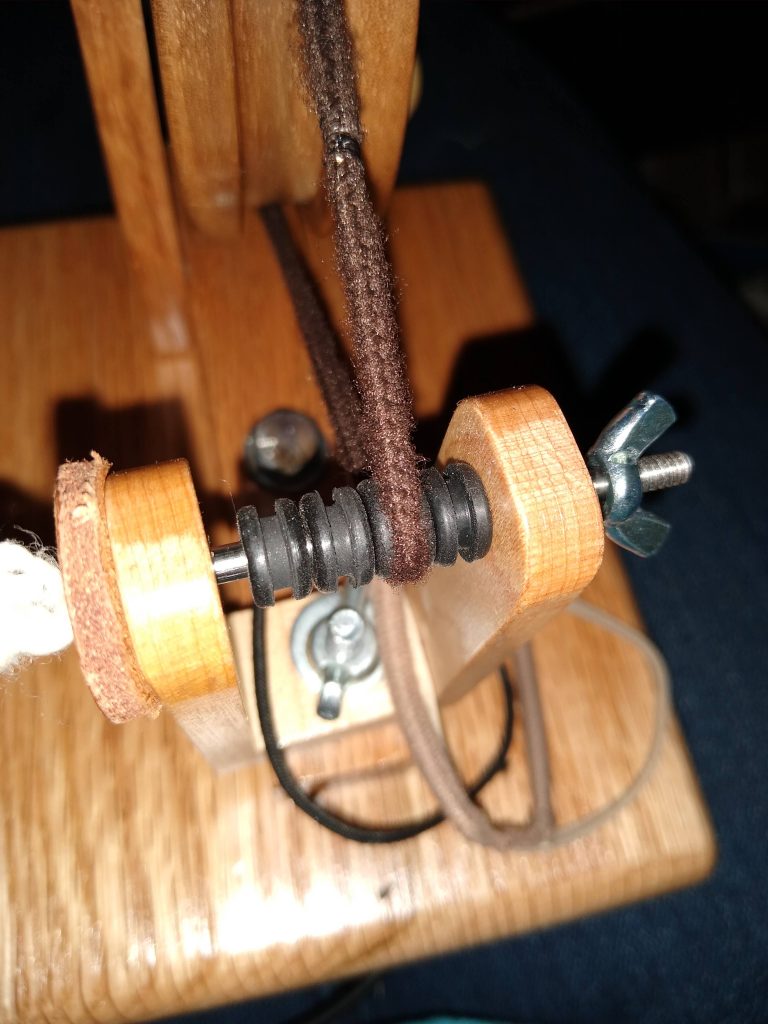
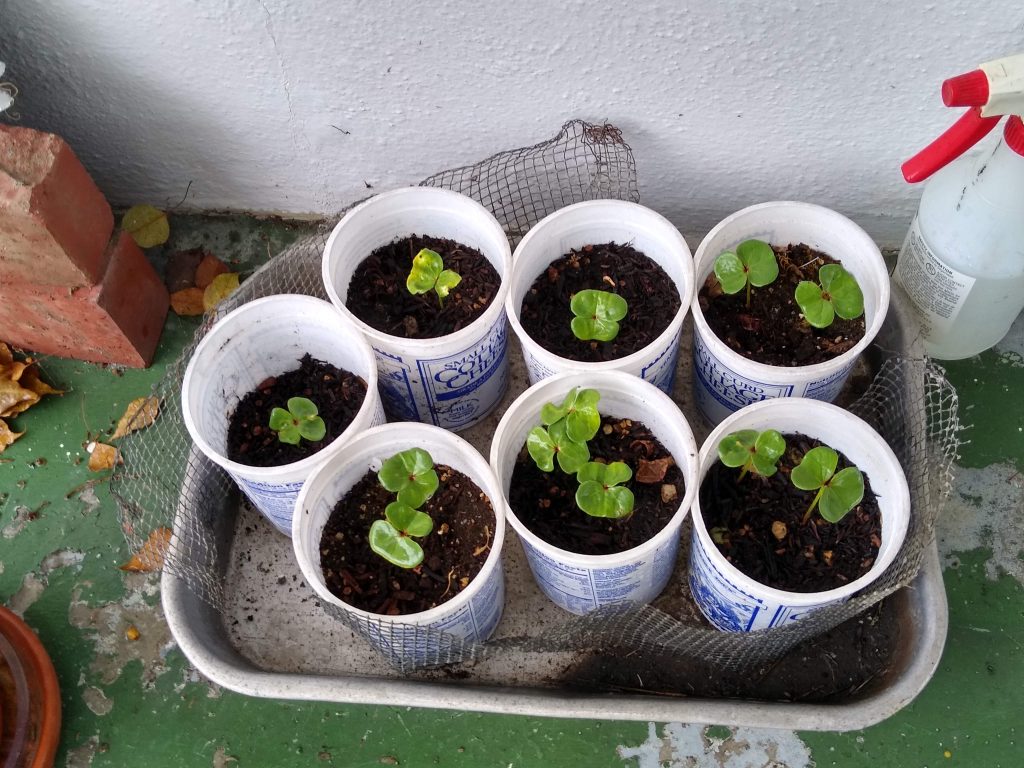
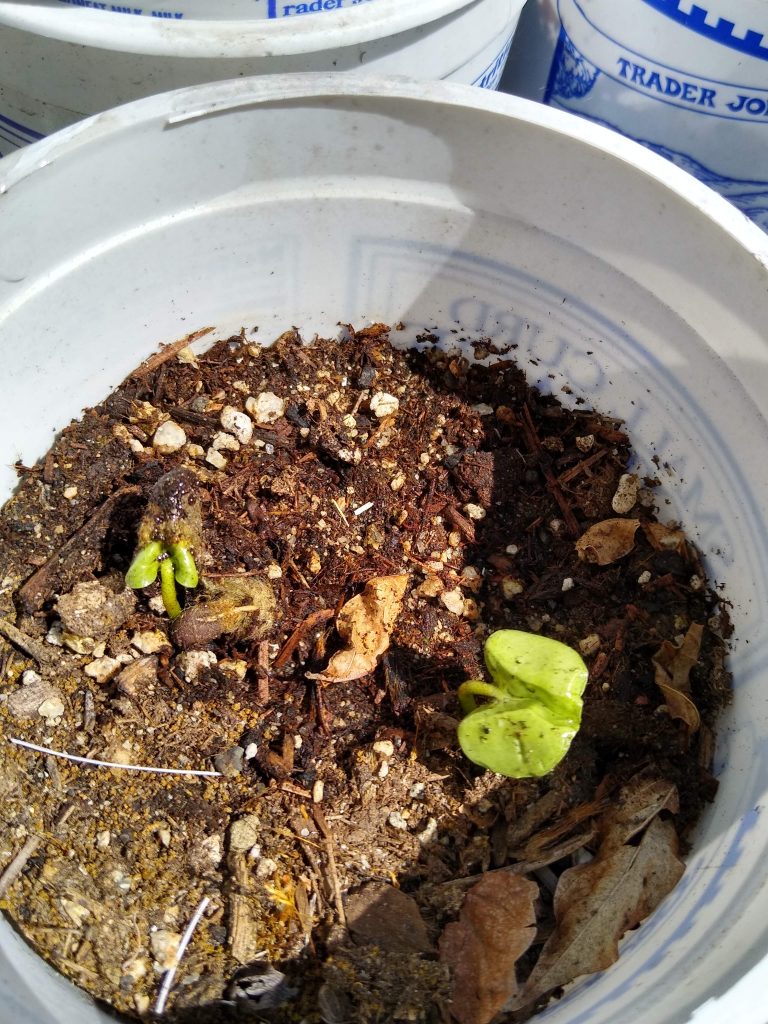
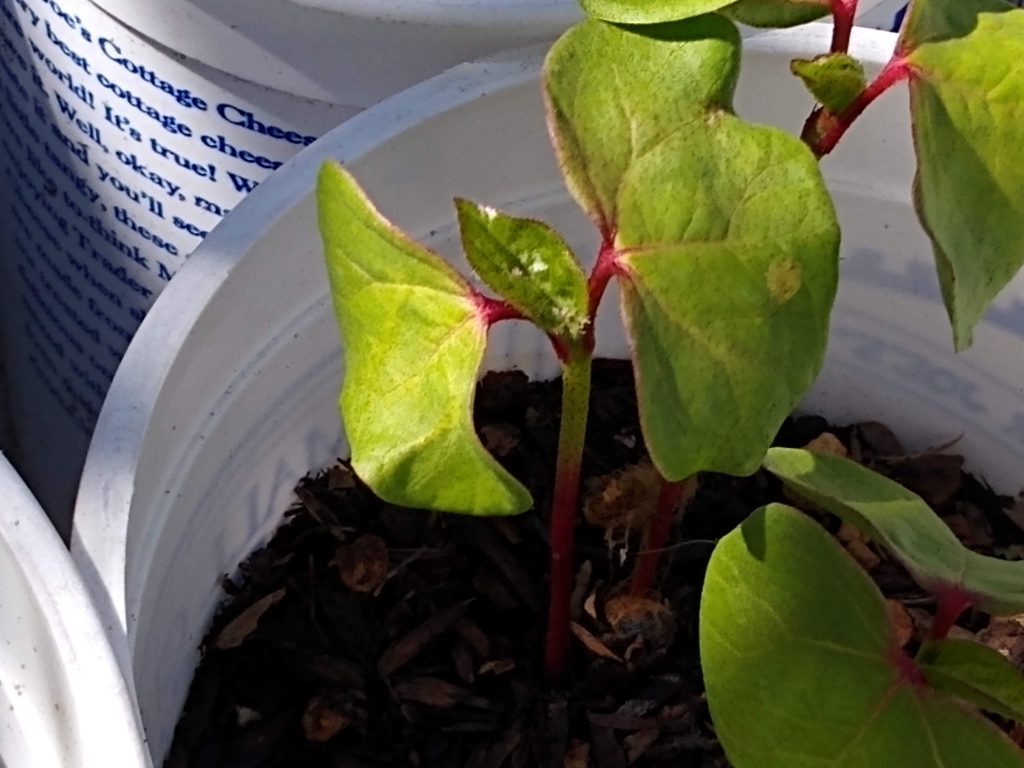
This one is embarrassing. About a year or so ago I received a box of heirloom cotton. The project was to gin it, spin, and do something. It sat on my desk for way to long while I’d occasionally get some of the ginning done, comb, roll some punis, spin a bit and that was about it.
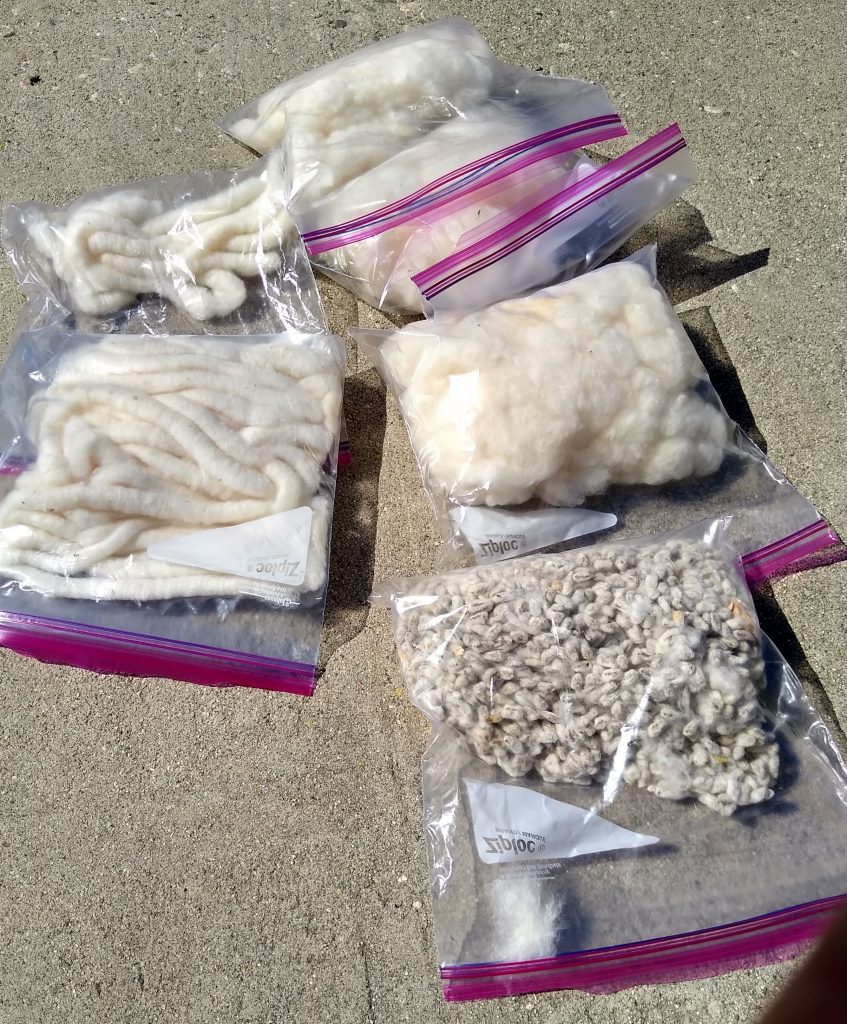
Since I’ve been working from home – the faux cubicle with a view – I got on a roll hand ginning all the cotton. Unlike my backyard Pima this cotton didn’t peel easily off the seeds. I ginned through Zoom meetings, breaks, the occasional netflix movie and about two weeks into quarantine that part was finished.
Originally I learned how to spin cotton on a book charkha from Eileen Hallman / New World Textiles (https://newworldtextiles.com/). She’s a fabulous teacher and if you have the chance to take one of her workshops do so.
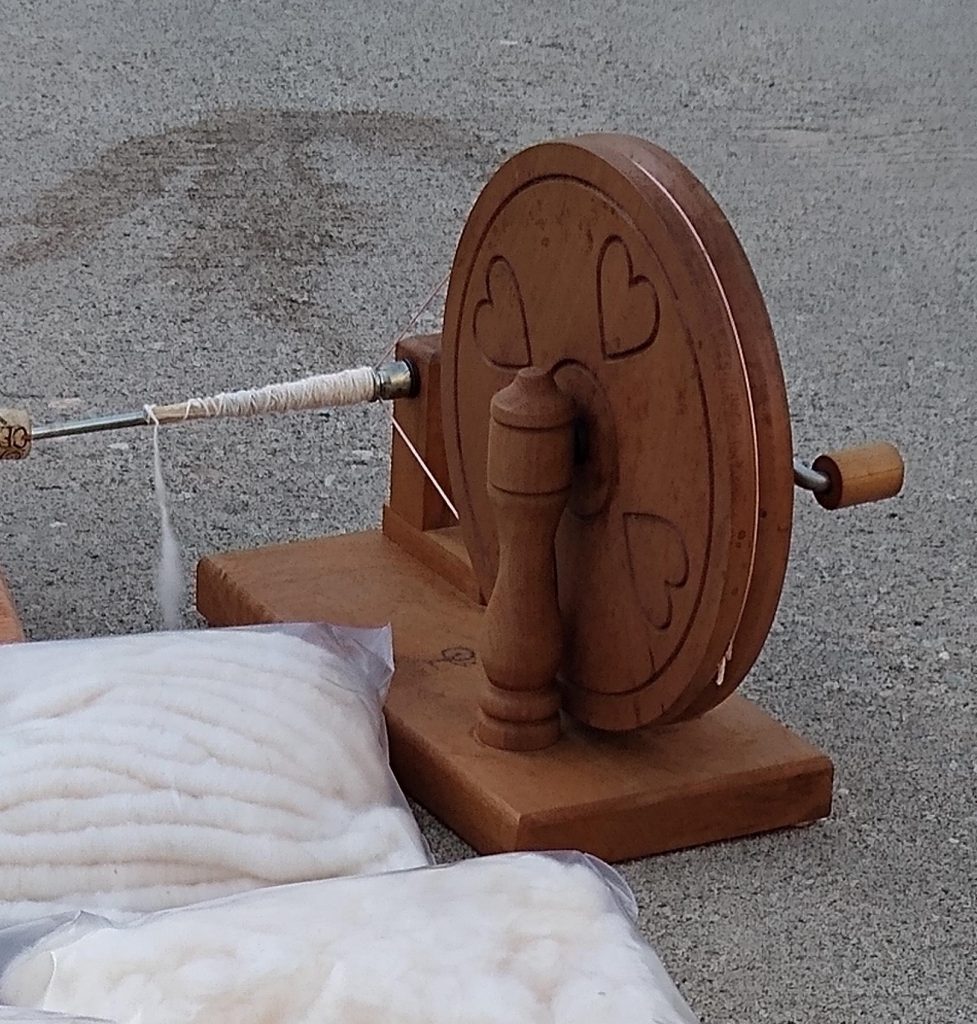
Over time my cotton spinning preference has been the Ashford Charkha. I’m able to spin in a chair with the weel in my lap. Wheel base is less than a foot in length and very portable.
And recently I bought myself a GypsySpinner Mini-Lap Charkha (https://www.facebook.com/minicottonspinner/). Spins beautifully and even more portable. So I have no more excuses.
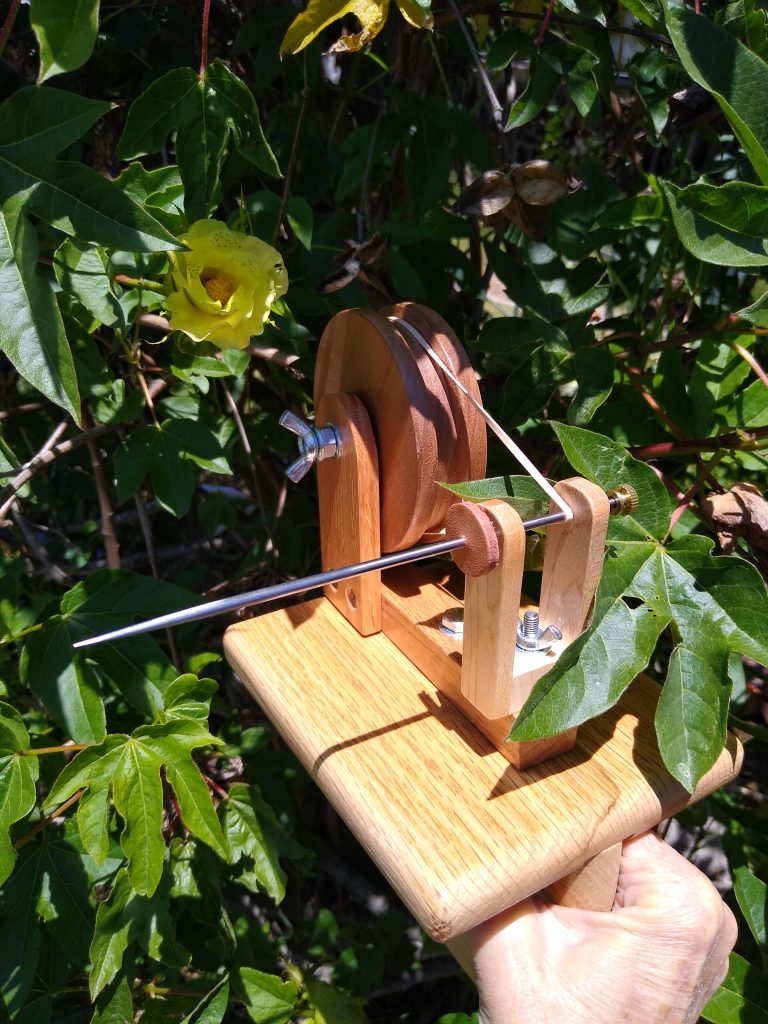

Still working from home. This is the first time I’ve had a window in my cubicle. And I can water what’s left of the post-drought garden on my breaks.
Today, like about an hour ago my GypsySpinner Mini Lap Charkha arrived in the mail (https://www.facebook.com/minicottonspinner). Picture me happily spinning during Zoom meetings. While my co-workers assume I’m knitting another pair of socks.
I work cramped and I like fold-able and portable. This is as portable as a book charkha. When UCLA employees go back to working on campus the mini-charkha is going with me for lunch breaks.
Interminable reboots during software updates no longer irritates me. Grab a spindle or sock knitting.
Back at the home-cubicle I have a UFO (Unfinished Project, not a flying saucer) that involves cotton spinning so more on later.
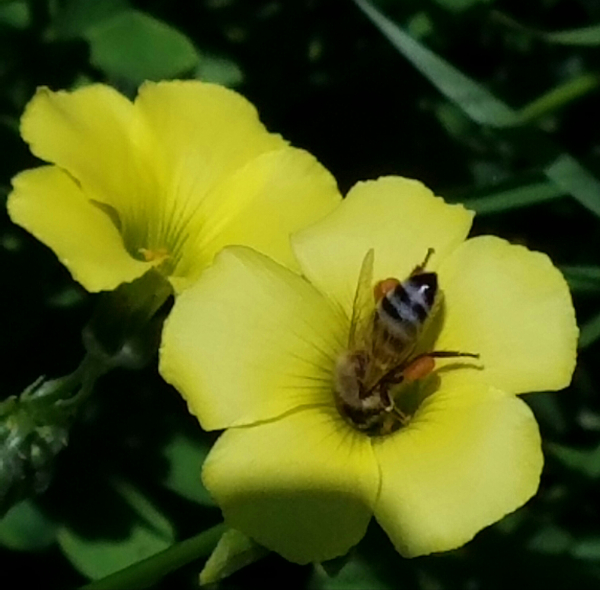
January is when the Oxalis starts it’s annual invasion. As annoying as it can be – taking over the garden – it’s still my staple for yellow dye and a favorite with local bees. I let the bees have at it in the morning and pick after. By the time it starts dying off I’ll have a good supply of dried oxalis, enough for myself and to give away to other dyers.
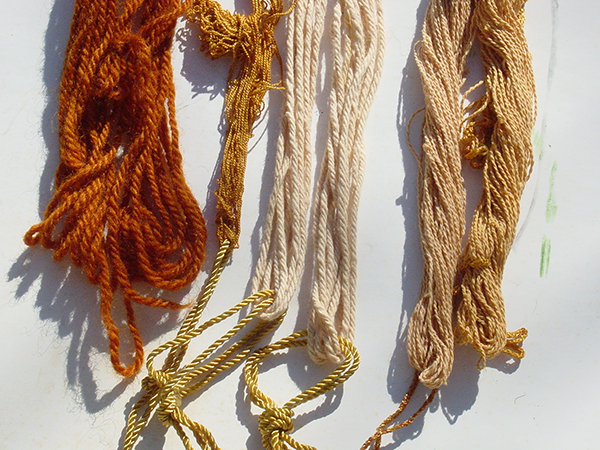
Recipe notes here: http://www.jmjamison.com/2008/01/